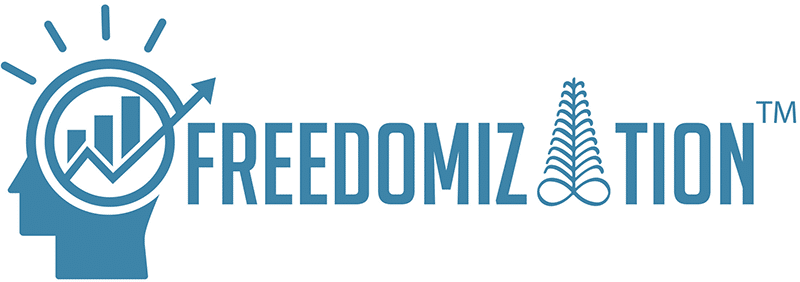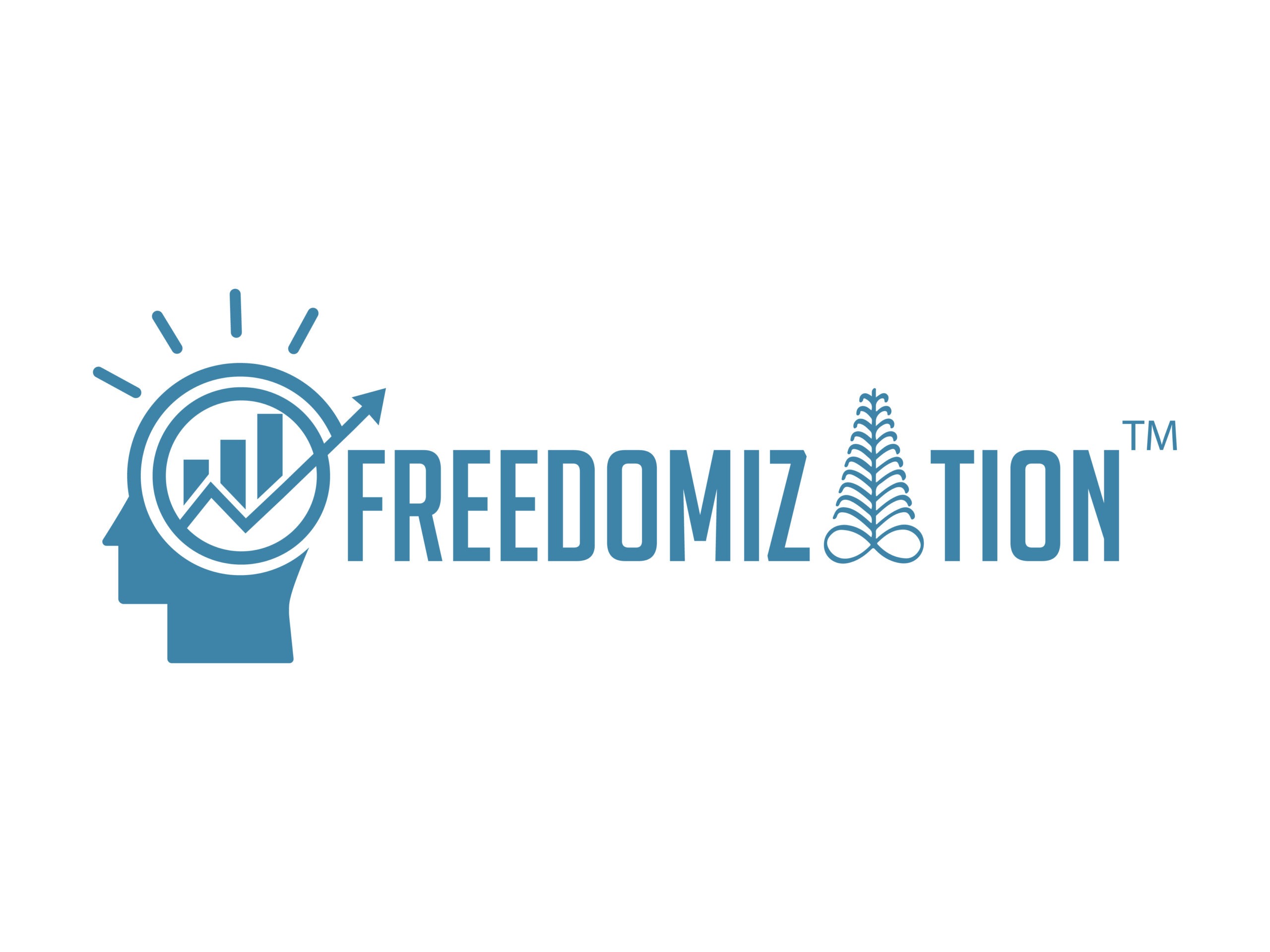It is always cathartic to take inventory of oneself. Introspection provides a personal assessment of areas that you naturally know have to be improved. Although self-examination does not necessarily have to lead to self-criticism or a feeling of inadequacy, the evolutionary trait in all of us makes perfection or the quest for perfection an ultimate goal. As research analysts and investors, self-scrutiny continually shines a harsh light on due diligence conclusions and investment decisions. “Did I evaluate everything that I could have?”, “Was my conclusion unbiased?”, “Did I pull on that endless string of potential outcomes enough?”, “What drove my ultimate decision to pursue this investment – the glory of being different, the potential outcome, or the capped downside?”, etc. are a few haunting questions that malevolently shuttle back and forth across the subconscious mind when self-reflection is initiated. Attempting to identify your blind spots, be they academic, psychological, moral, or ignorance-induced is an effective way to add rigor to a self-assessment exercise.
When investing in traditional private assets, the generally long length of investment terms organically buys the investor some time. The first few years are used to find and execute deals, then there is a value-add period which could also be lengthy, and only after that does the investor get to reap the rewards of tangible returns. It can be argued that the periods leading up to the final exits are important in their own right, but the universal truth remains that realized returns are ultimately really the only metric that matters. The periods before attaining that realized return are essentially petri dishes for excuses. Admittedly, this sentiment is an amusing oversimplification of the critical stages of the lifecycle of private investments, but there is typically some truth in all jests. Faltering, lagging, or seemingly weak investments that are not yet realized trigger a flurry of reasons/excuses by the investor (fund manager or research analyst that recommended the investment). These explanations tend to be either steeped in reality, utterly delusional, or just self-serving time-buying mechanisms. Although this is a juicy avenue worthy of future exploration, it is causing us to digress from the topic at hand – blind spots. Getting back on course, blind spots are areas/things that are obstructed from our view. This obstruction of vision is hard to dissect, because how can you dissect what you cannot see? The exercise of evaluating blind spots almost always has to be done after the fact (as a post-mortem review). This means after whatever avoidable mistake has been crystalized, the investor has to take an objective look at what factors led to that error in judgment – ego has to be shed (at least temporarily), beliefs have to be set aside, and varying external viewpoints have to be invited.
In my many years as an investment research analyst, I have partaken in numerous individual and group introspective deep dive sessions to attempt to identify what went wrong with a particular investment. Culprits detected from these exercises have ranged from macro environment shifts to faulty investment theses to acts of God, but the most common, by far, has been misjudging people (the frontline investors). Why is this so? My theory is that “people” are the largest blind spots because that factor is what fundamentally holds an investment together (the glue). When assessing the people aspect of investing we try to use instincts and perceptions which mainly come from our own experiences. Despite the prevalence of artificial intelligence (“AI”) and the surging adulation and boundless encroachment of machines, robots, algorithms, and models into our daily lives, most of us cannot deny a yearning for human connection. This innate desire to relate is fertile ground for decision traps. Confirmation bias (the tendency to favor information that confirms or strengthens beliefs or values) is forever lurking, and it is even more vicious in spaces where intellect and sophistication are presumed to be high. In other words, if you believe you are smart, have a thorough process, and think differently from most people, an investment manager who elaborates on or confirms some of your most seemingly well-thought-out beliefs will subconsciously make inroads in your due diligence process. Intellectual connection is one of the most difficult human connections to downplay. An intellectual connection in addition to a genuine fondness for or admiration of the investment manager, is a perfect storm for the creation of a blind spot. A really smart investor once told me that “as an investor, you should be disciplined enough to invest with someone you don’t like, as long as they are excellent and are not committing any investment crimes”. For me, this is a very big ask, especially in private investing where you are getting wed for 10-plus years. But I fully understand the point of not letting emotions, conflicting life philosophies, etc. get in the way of beneficial/good investing.
Another more straightforward reason why I think “people” are the most frequent causes of blind spots is their enigmatic nature. People are ever-evolving, always changing, constantly going through a myriad of circumstances, coming apart, etc., so how can a one-time assessment ever be enough? With traditional private investments, even if you perform ongoing assessments, the initial decision to commit to a manager will always remain the most important one because it locks the investor in for a long time. Of course these days many variations of private investment vehicles make that initial decision less punitive, but as I have said in the past, any tampering with the traditional norms comes with a price. The dynamic nature of human beings is a hard excuse to refute, but I have found that there are always hints that help in the determination of potential future behavior. Bringing in a devil’s advocate, preferably someone not associated with your process is always a great sanity check. However, even the most contentious collaborator does not make this extremely gray area of due diligence any easier to circumvent.
I have found the most effective way to reduce people-related blind spots is to clearly understand my prejudices and seek others who don’t have those same biases to help in my due diligence process. For example, suppose I tend to overweight operational experience and cordialness as positives because I believe these to be core ingredients for value creation, I can run my conclusions by colleagues or references who don’t have those inclinations. This helps break the echo chamber effect. Ultimately, the due diligence and investment process is one filled with uncertainty and heartache. There are pitfalls to taking yourself too seriously or being overly nihilistic. As Charlie Munger said “Spend each day trying to be a little wiser than you were when you woke up” – although this is a lonely path that feels unending, there are bursts of blissful invigoration along the way that make the pursuit of truth very fulfilling.
Anthony Kwesi Hagan
Founder and Head of Research, FreedomizationTM
December 24th, 2023.


